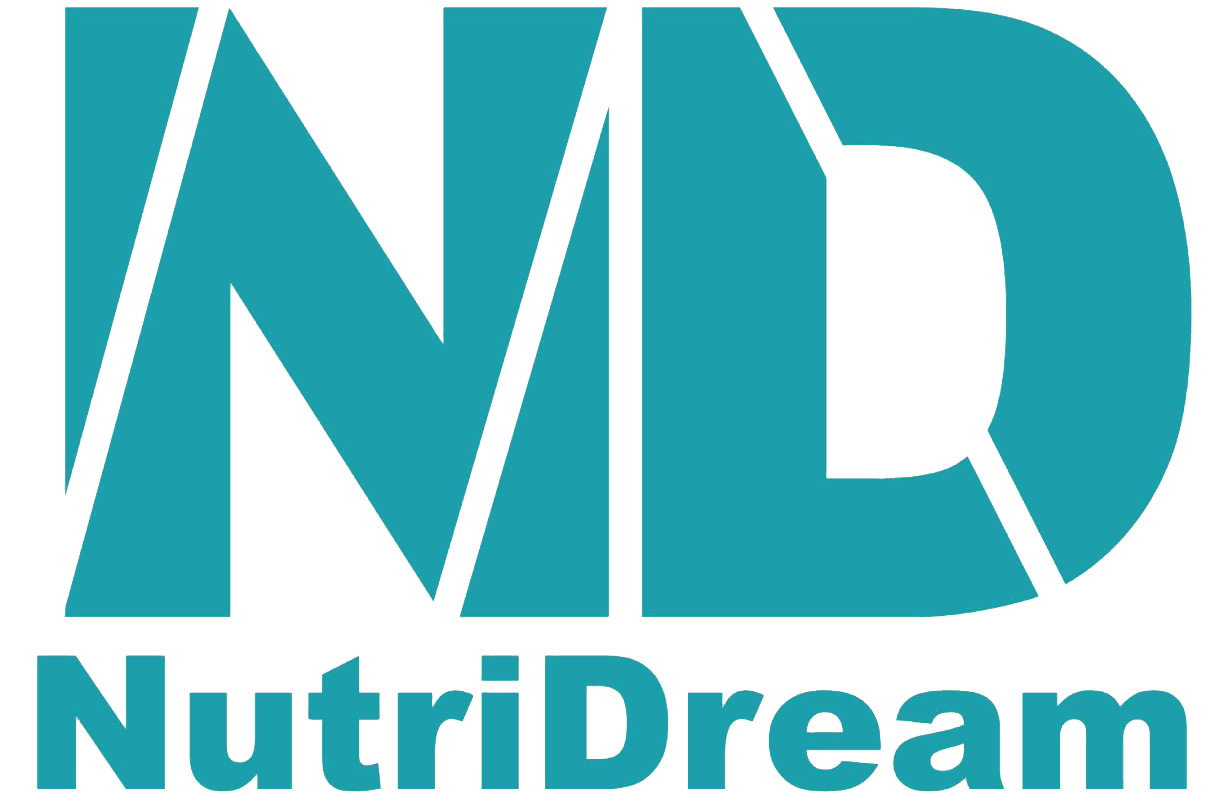The dark and dreary time of autumn requires the strengthening of immunity

The dark and dreary time of autumn requires the strengthening of immunity
As a preventive measure, it should be ensured that the diet is balanced and that all food groups are optimally consumed. At the same time, it is difficult to specify the quantities, as they are based on individual energy needs. In the case of food, however, it is not only the energy content that should be monitored, but also the nutritional value. Whole grain products and vegetables and fruits are important sources of fiber, colorful vegetables and fruits and berries contain necessary vitamins and antioxidants. In order to obtain the above-mentioned minerals from food, it is worth eating whole grain oatmeal and kama, nuts (cashews and brazil nuts), eggs and seafood (including fish). These foods contain large quantities of at least two important minerals or all three – magnesium, zinc and selenium.
When consuming food supplements, it is worth remembering that fat-soluble vitamins, such as vitamins A, D and E, should adhere to the national recommended norms, as they can pose a health risk in case of regular overconsumption. Also, for these vitamins to be absorbed, they must be taken with food, as they need dietary fat to dissolve. Several minerals also compete with each other for absorption, so it is not worth taking all dietary supplements in the morning.
If we can measure the preservation of vitamin A reserves in the body in years, in the case of vitamins D and E we have to talk about months. Vitamin D is recommended to be taken from September to May, the national safe norm is 4000 IU. However, since as a rule, people have a low level of vitamin D and it does not increase at turbo speed even with the consumption of food supplements, it can be recommended to consume vitamin D for a year around.
Vitamin E is the main antioxidant for slowing cell aging and protects us against oxidative stress. The necessary daily amount is 8-10 mg, since it is a fat-soluble vitamin, so once again you have to adhere to the consumption recommendations.
The level of vitamin D in the body can be determined with a blood test. The lower limit of the level is 75 nmol/L and the toxic level starts at 300 nmol/L. The highest reading I’ve seen in years as a nutritionist is 193 nmol/L, so we’re talking more about a silent vitamin D epidemic (also based on national statistics). The most common symptoms of vitamin D deficiency are general fatigue and frequent illness (weakened immunity).
Decreased immune function is also associated with sugar consumption and elevated blood pressure. In Estonia, about 31 g of sugar per person is consumed per day, which means that many people have weakened immunity because they consume too much sugar. Glucose and vitamin C compete for absorption into cells, so high blood sugar levels work against our immunity. You should reduce the consumption of sweets, especially if you are already sick. Food with a high fat content, alcohol, tobacco and an inactive lifestyle are also known risk factors for other diseases.
Fresh air, an active lifestyle, adequate fluid intake and sleep are also important!












